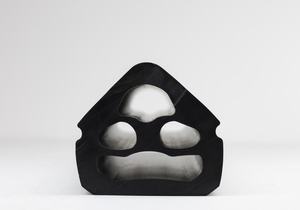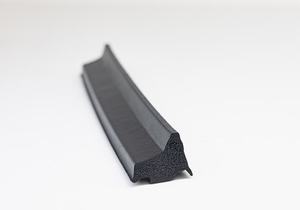
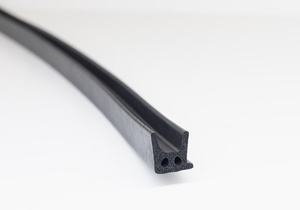
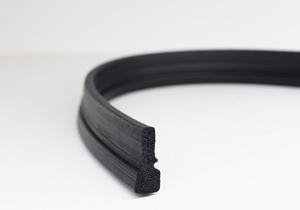
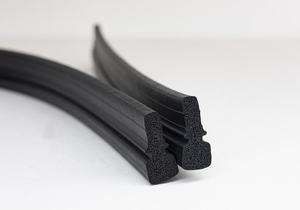
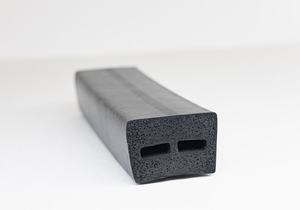

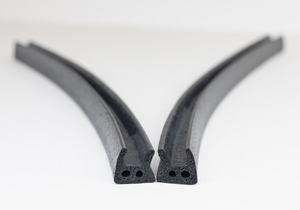
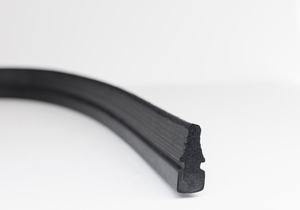
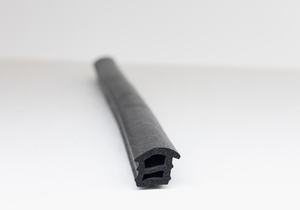
Industrial seals encompass a wide range of sealing solutions designed for use in industrial applications across diverse sectors such as manufacturing, oil and gas, automotive, aerospace, and more. These seals play a critical role in preventing leakage, contamination, and structural damage, while also facilitating efficient operation and maintenance of industrial equipment and systems. Industrial seals come in various forms, materials, and configurations, each tailored to specific operating conditions and performance requirements.
Here’s an extensive description of industrial seals, covering their types, functions, materials, applications, and installation procedures:
- Types of Industrial Seals:
- O-Rings: O-rings are one of the most common types of industrial seals, consisting of a circular ring made from elastomeric materials such as rubber or silicone. They are used to create a tight seal between mating surfaces, preventing fluid or gas leakage in applications such as hydraulic systems, pneumatic systems, and automotive engines.
- Gaskets: Gaskets are flat seals typically made from materials like rubber, cork, or graphite, used to fill the space between two or more mating surfaces. They are commonly used in piping systems, flanges, and machinery to prevent leakage of fluids or gases under pressure.
- Oil Seals: Also known as shaft seals or rotary seals, oil seals are used to prevent the leakage of lubricants or fluids in rotating shafts or bearings. They typically consist of a metal casing with a flexible lip made from rubber or synthetic elastomers, providing a barrier against contaminants and maintaining lubricant integrity.
- Mechanical Seals: Mechanical seals are used to prevent leakage between rotating and stationary components in pumps, compressors, and other rotating equipment. They typically consist of two mating surfaces, one stationary and one rotating, pressed together by a spring-loaded mechanism and sealed using elastomeric or ceramic materials.
- Hydraulic Seals: Hydraulic seals are used in hydraulic systems to prevent leakage of hydraulic fluid under pressure. They come in various forms such as piston seals, rod seals, wiper seals, and rotary seals, each designed for specific applications and operating conditions.
- Pneumatic Seals: Pneumatic seals are similar to hydraulic seals but are used in pneumatic systems to prevent air leakage. They are often made from materials like nitrile rubber or polyurethane and are designed to withstand the operating pressures and temperatures of pneumatic systems.
- Functions of Industrial Seals:
- Leakage Prevention: The primary function of industrial seals is to prevent leakage of fluids or gases in industrial equipment and systems, ensuring safe and efficient operation.
- Contamination Protection: Seals act as barriers against contaminants such as dust, dirt, water, and chemicals, helping to maintain the purity and integrity of fluids and lubricants within machinery and equipment.
- Friction Reduction: Seals help reduce friction between moving components, extending the lifespan of machinery and equipment by minimizing wear and tear.
- Temperature and Pressure Resistance: Industrial seals are designed to withstand a wide range of temperatures, pressures, and operating conditions, ensuring reliable performance in diverse industrial environments.
- Noise and Vibration Damping: Some seals are designed to dampen noise and vibrations generated by industrial equipment, improving worker comfort and reducing noise pollution in the workplace.
- Materials Used in Industrial Seals:
- Rubber: Natural rubber and synthetic elastomers such as nitrile rubber (NBR), silicone rubber (VMQ), fluorocarbon rubber (FKM), and ethylene propylene diene monomer (EPDM) are commonly used in industrial seals due to their flexibility, resilience, and chemical resistance.
- Plastics: Engineering plastics such as polytetrafluoroethylene (PTFE), polyurethane (PU), and polyethylene (PE) are used in seals for their low friction, chemical resistance, and temperature stability properties.
- Metals: Metals such as stainless steel, carbon steel, and aluminum are used in seals for their strength, durability, and corrosion resistance, particularly in high-temperature or high-pressure applications.
- Composites: Composite materials combining polymers, fibers, and fillers are used to enhance specific properties such as wear resistance, temperature resistance, and dimensional stability in industrial seals.
- Applications of Industrial Seals:
- Automotive: Industrial seals are used in automotive engines, transmissions, brakes, and suspension systems to prevent fluid leakage, contamination, and component wear.
- Manufacturing: Seals are used in manufacturing equipment such as pumps, valves, compressors, and hydraulic systems to ensure leak-free operation and efficient production processes.
- Oil and Gas: Industrial seals are essential in oil and gas exploration, production, and refining processes, where they prevent leakage of fluids and gases in pumps, valves, pipelines, and drilling equipment.
- Aerospace: Seals play a critical role in aerospace applications, providing leakage prevention and contamination protection in aircraft engines, hydraulic systems, landing gear, and fuel systems.
- Marine: Seals are used in marine propulsion systems, shipboard machinery, and offshore equipment to prevent water ingress, lubricant leakage, and corrosion in harsh marine environments.
- Installation of Industrial Seals:
- Surface Preparation: Ensure that mating surfaces are clean, dry, and free from any debris, contaminants, or surface irregularities that could affect seal performance.
- Proper Sizing and Fitting: Select seals of appropriate size, shape, and material for the specific application and operating conditions. Ensure that seals are properly fitted and seated in place without distortion or misalignment.
- Lubrication (if necessary): Apply compatible lubricants or sealants to the sealing surfaces to facilitate installation and improve seal performance. Follow manufacturer recommendations for lubricant selection and application.
- Compression and Seating: For compression seals, ensure that the seal is compressed evenly along its length to achieve a tight and uniform seal. For rotary seals, ensure that the seal lip is properly seated and lubricated to minimize friction and wear.
- Testing and Inspection: After installation, conduct functional tests and visual inspections to verify that seals are properly installed, aligned, and functioning as intended. Address any issues or deficiencies promptly to ensure optimal seal performance and reliability.
In summary, industrial gaskets are essential components in various industrial applications, providing leakage prevention, contamination protection, and operational reliability in machinery, equipment, and systems across diverse industries. With their wide range of types, materials, and configurations, industrial seals offer tailored solutions to meet the demanding requirements of industrial operations and ensure safe, efficient, and sustainable performance.



